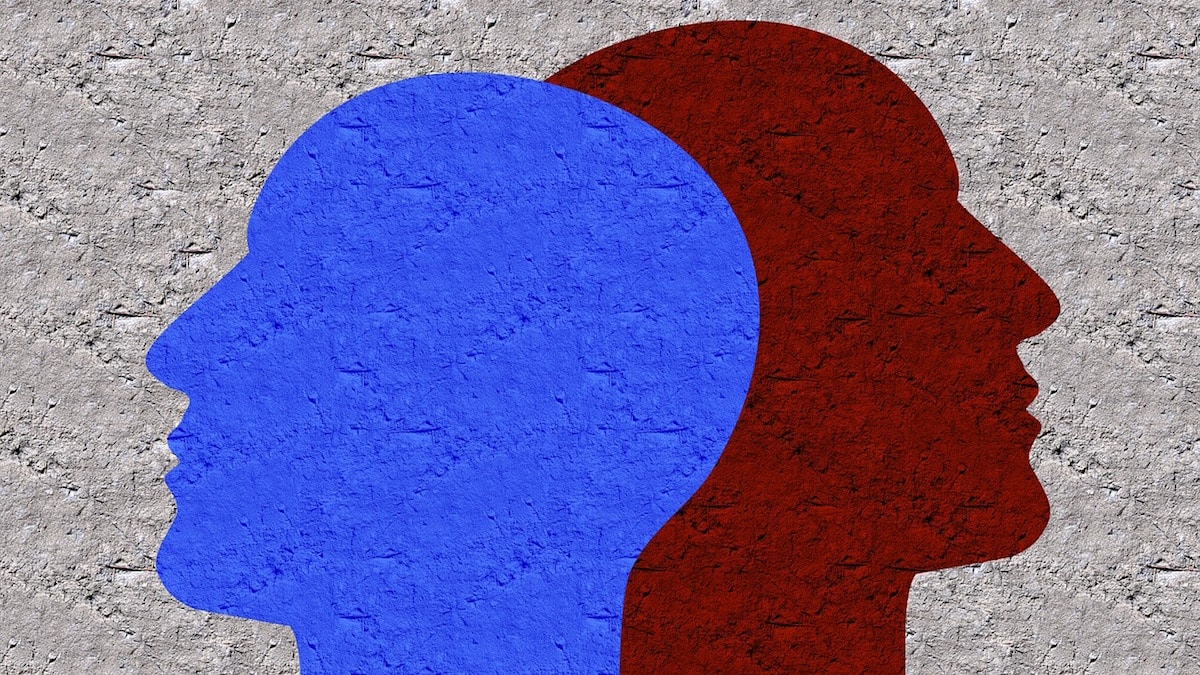Although we cannot distinguish them with the naked eye, it is believed that the human body ages at different rates. In other words, each organ will have its own rate of deterioration, which will not be the same from person to person. This is why some people develop heart problems first, while others begin to develop liver failure, or wilt early. These processes are determined as much by genetics as by chance and the lifestyle we live, and we are not yet in a position to measure or predict which tissues deteriorate faster. Being able to do this would be an important step forward in developing targeted therapies to encourage healthy aging. One such intervention has recently been discovered that can rejuvenate part of the body, in this case the immune system: removing excess stem cells.
The immune system is a complex group of cells and molecules that work in a coordinated way to protect us from various threats. The main reason is the invasion of microbes capable of causing disease, but the fight against infection is not its only task: it is also responsible for eliminating cells that, for whatever reason, have stopped performing their function well. In this category are malignant cells, which if not destroyed in time can turn into cancer.
It has recently been discovered that old cells also fall victim to this internal cleaning process. In this way, the immune system fights aging, and it does so in a very effective way, at least for a few years. Over time, the cells that are supposed to protect us themselves suffer from the effects of aging, and their effectiveness declines. This means that not only are we more susceptible to cancer and infections (we all know that diseases like influenza or Covid-19 are more serious in older people), but also that tissues in general deteriorate more quickly. For all these reasons, restoring the original functions of the immune system is one of the strategies that should have the greatest impact in improving the health of older people and, therefore, is certain to extend life expectancy.
In an article published a few weeks ago in the magazine natureThe group led by Dr. Irving Weissman, of Stanford University in California, has shown that the immune system can be made to regain some of the strength it had in youth. The trick is to maintain a balanced supply of different types of stem cells. All blood cells (white and red blood cells and platelets) are derived from stem cells found in the bone marrow, which are responsible for producing them when they are needed. Dr. Weissman’s team observed that over time, these stem cells produced fewer lymphocytes, which are white blood cells involved in immune defense, and instead produced an excess of red blood cells, platelets, and white blood cells that generate inflammation.
The next step was to try to restore the balance of cells found in young blood. To achieve this, they treated a group of elderly mice with antibodies designed to recognize the protein found only on the surface of stem cells that produces the excess that appears in the cells. ancient animals. When antibodies attach to these cells, the immune system itself eliminates them, and the composition of the blood becomes more similar to that of young people, with a higher percentage of lymphocytes. The effect was maintained for up to two months after a single dose of antibodies, which is how long the animals followed, and it is not yet known whether it is permanent or will be lost again in the long term.
The result of this change in bone marrow composition was that the treated mice were better protected against infection and, at the same time, had fewer signs of inflammation in their tissues. Researchers believe that this replenishment of blood means that the activated immune system can do this too cleaning Improving the organs of old cells that accumulate there. So the combination of this and reduced background chronic inflammation, which is known to be another factor that contributes to aging, suggests that these mice became younger overall.
It is too early to know whether this antibody treatment will be applicable to humans, although everything indicates that the idea of balancing bone marrow cells should work in other mammals, because we all share similar aging mechanisms. Scientists are now investigating this possibility, which they say could be tested in clinical trials in less than five years. In any case, the study is further evidence that the immune system and inflammation play a crucial role in the decline of the organism’s functions with age, and supports the prevailing idea among experts on this subject, that aging does not necessarily have to be a cause. -The method of operation is impossible to modify.

“Infuriatingly humble social media buff. Twitter advocate. Writer. Internet nerd.”


